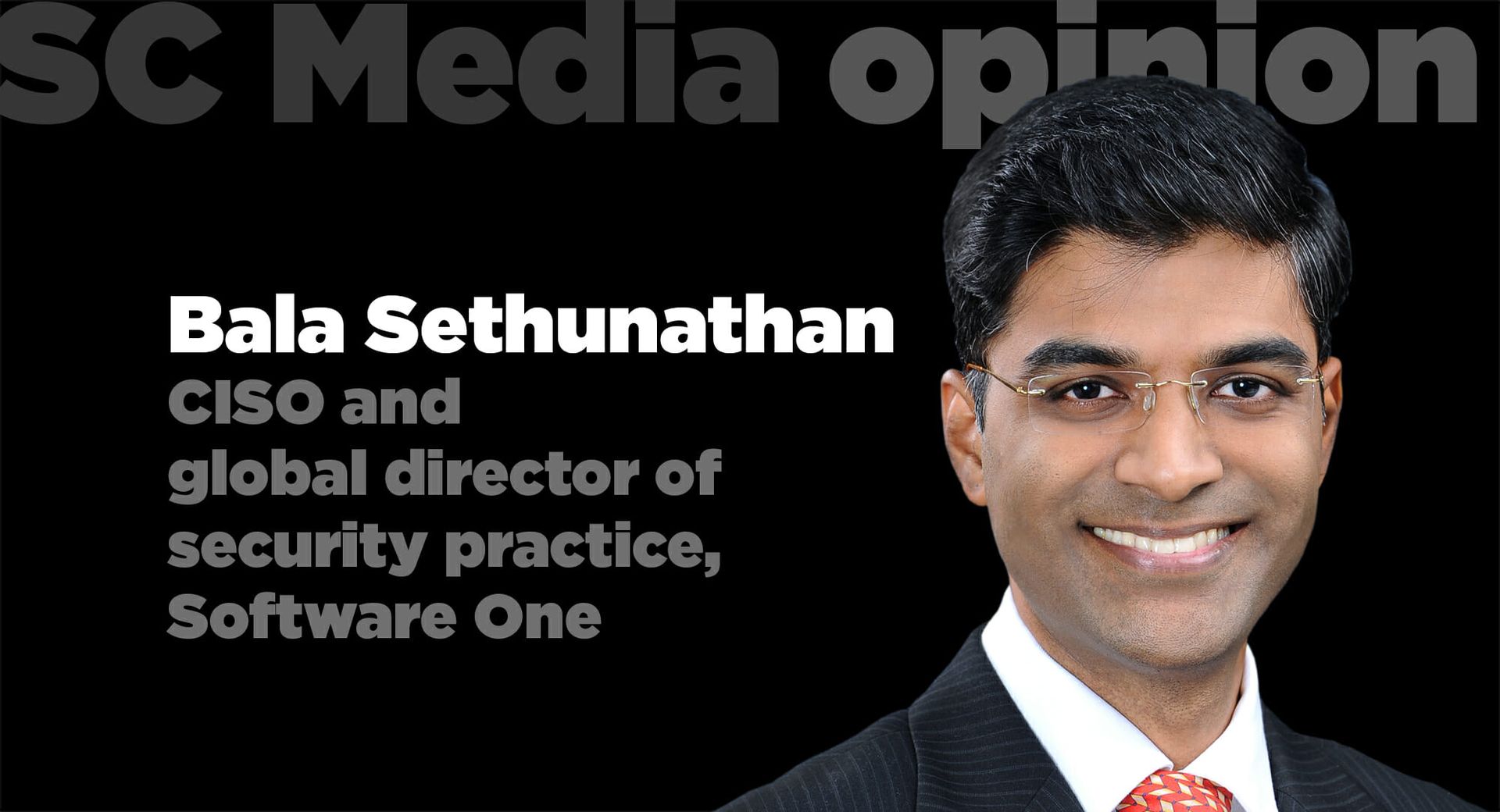Increasingly complex IT infrastructures, higher cloud adoption rates, and a myriad of endpoints resulting from an onslaught of connected devices and sensors are driving the need for managed security services. In fact, a recent IDC report indicated managed security services will be the largest technology category in 2019, with firms spending more than $21 billion for around-the-clock monitoring and management of security operations centers.

The Threat Landscape
One of the first things companies need to do as they adapt to the changing landscape of cyber threats, the adoption of hybrid approaches to data storage and the increased digitization of their IT infrastructures is to understand the threats that could directly impact them and determine where - and how - to allocate IT resources. This begins by taking stock of the vulnerabilities within the organization and areas that are most prone to an attack, including:
- Endpoints which are an easy target for hackers. They can be accessed in-person or remotely and include normal, everyday tools used in the workplace such as laptops, cell phones, USB drives, etc.
- Similar to endpoints, emails are a major point of exposure for organizations. All it takes is for one person to click the wrong link or open a file they shouldn’t, and the network can be compromised.
- The network which is the heart and brain of an organization. It is where all information is stored, making it a desirable target. It is also the means by which attacks are launched and targets accessed.
While these are just a sample of the soft spots susceptible to attack, they are a good representation of areas organizations need to pay close attention to when evaluating internal and external threats. Vulnerabilities leave organizations exposed on several levels. The most serious and potentially damaging attack vectors or threats are those designed to expose and exploit vulnerabilities in the IT infrastructure. Engineered by hackers, the following attacks are seen across industries and vary in sophistication based on the target:
- Phishing. This is a very common approach. Hackers send out several emails to targets with an infected link. They just need one person to click the link.
- Ransomware. Attackers work their way into the system, either via an endpoint or email hack and sit in the background for months before acting. They monitor network behavior to understand where the most valuable information resides before attacking. Once they attack, organizations lose access to data and systems and can not regain access unless a ransom is paid.
- Sophisticated level. These attacks require a highly skilled hacker and are often state sponsored. These hackers are very patient and can sit for months, years, in a network looking for vulnerabilities. They then plan and launch an attack that paralyzes the organization.
- Warshipping. Attackers arrive via the front door at the enterprise disguised as an e-commerce package with a tiny device attached to remotely perform close-proximity attacks.
The most efficient and effective way to uncover vulnerabilities is to do a risk assessment of the company’s IT systems. While no technology is ever 100 percent secure because companies still need to rely on users to do the right thing; be vigilant against attacks, report incidents, and follow protocol for addressing concerns. Security is only as strong as the weakest link, which in most organizations’ cases are the people.
The Solution: Managed Security Services
Similar to the concept of managed infrastructure or managed applications, a managed security service is one where a service provider (such as SoftwareONE) will completely manage a single or combination of security solutions for multiple customers. Managed security service partners have dedicated resources whose task is solely to review, assess and take countermeasures against the latest security threats and attacks being launched against IT users and corporations.
When it comes to overseeing a managed security service, each organization is unique. Some choose to designate an in-house team member to serve as the point of contact and supervisor, while others enlist an external resource. In the ideal scenario, organizations would have a dedicated internal security team, solely focused on just its own corporation. However, the dearth of skill sets and their high cost, makes this prohibitive for all except global enterprises. The next best solution is a business partner who will manage the security solutions with a team dedicated to security but leveraging the economies of scale of supporting multiple customers.
Best practices for selecting the best managed security service starts with understanding risks associated with the organization. Organizations need to define a strategy that best aligns with existing business processes and goals. Next, they can draft a policy that specifically addresses the risk. Finally, they need to apply policies on the tools. Once they know the problem they’re trying to solve, they can select the best technologies and providers to help solve it Organizations need to be risk-centric. They need to identify vulnerabilities and prioritize remediation based on potential risks or threats before they select any technologies or partner for the job.



